
Question and Answers Forum
Question Number 28050 by ajfour last updated on 19/Jan/18
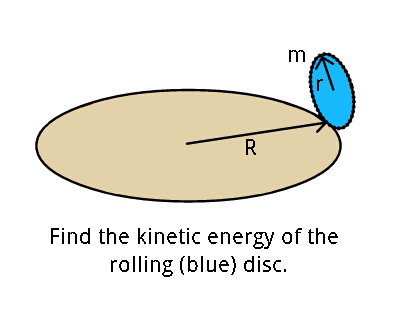
Commented by ajfour last updated on 19/Jan/18
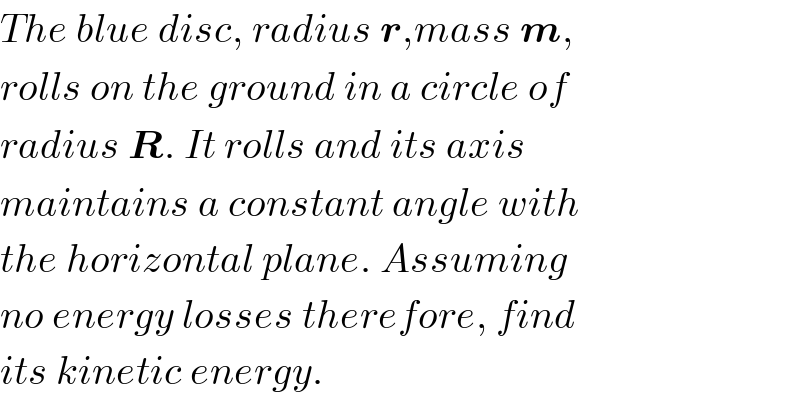
Commented by mrW2 last updated on 19/Jan/18

Commented by ajfour last updated on 19/Jan/18
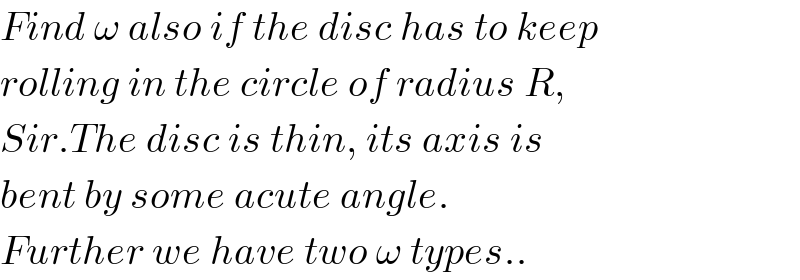
Commented by mrW2 last updated on 19/Jan/18

Commented by ajfour last updated on 19/Jan/18

Commented by mrW2 last updated on 19/Jan/18
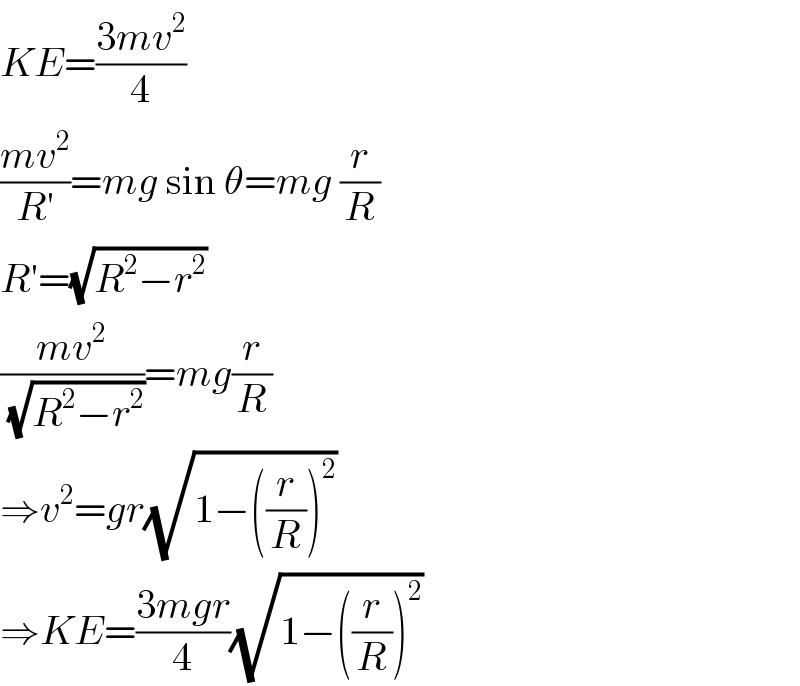
Commented by mrW2 last updated on 19/Jan/18
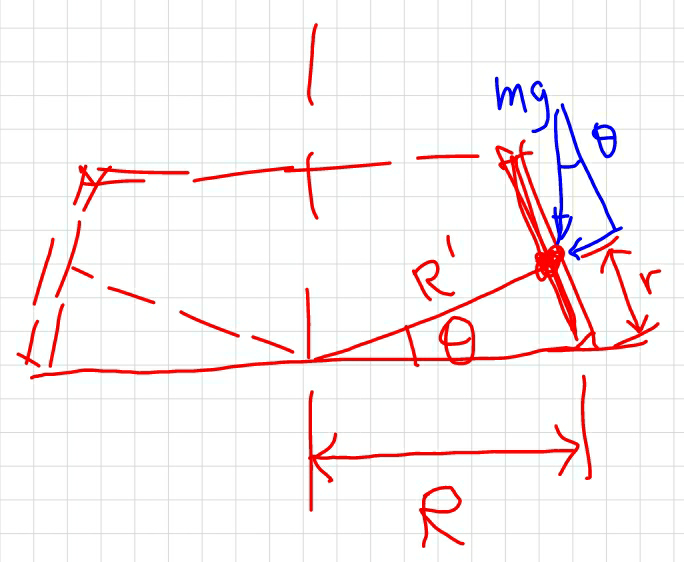
Commented by ajfour last updated on 19/Jan/18

Commented by mrW2 last updated on 19/Jan/18
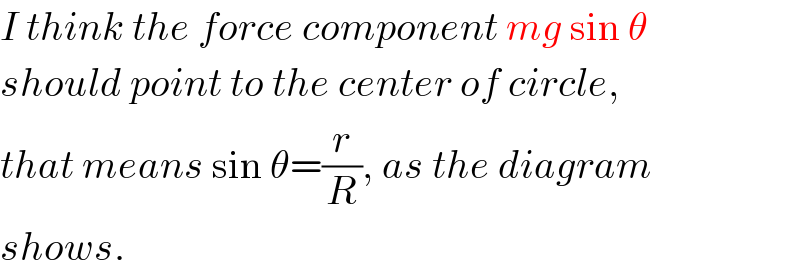
Commented by ajfour last updated on 19/Jan/18

Commented by ajfour last updated on 20/Jan/18

Commented by mrW2 last updated on 20/Jan/18
)^2 ))](Q28081.png)
Commented by ajfour last updated on 20/Jan/18

Commented by ajfour last updated on 20/Jan/18

